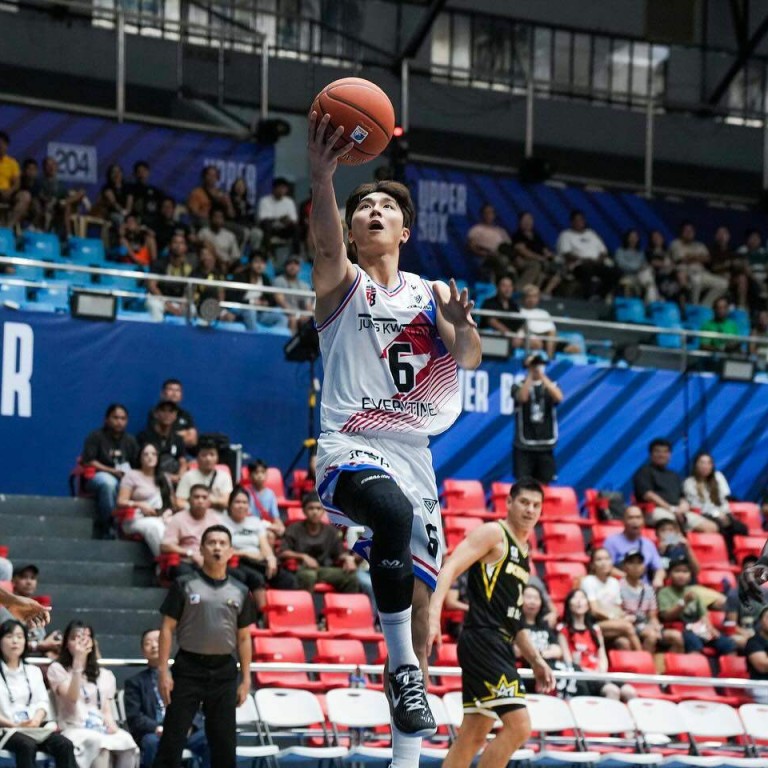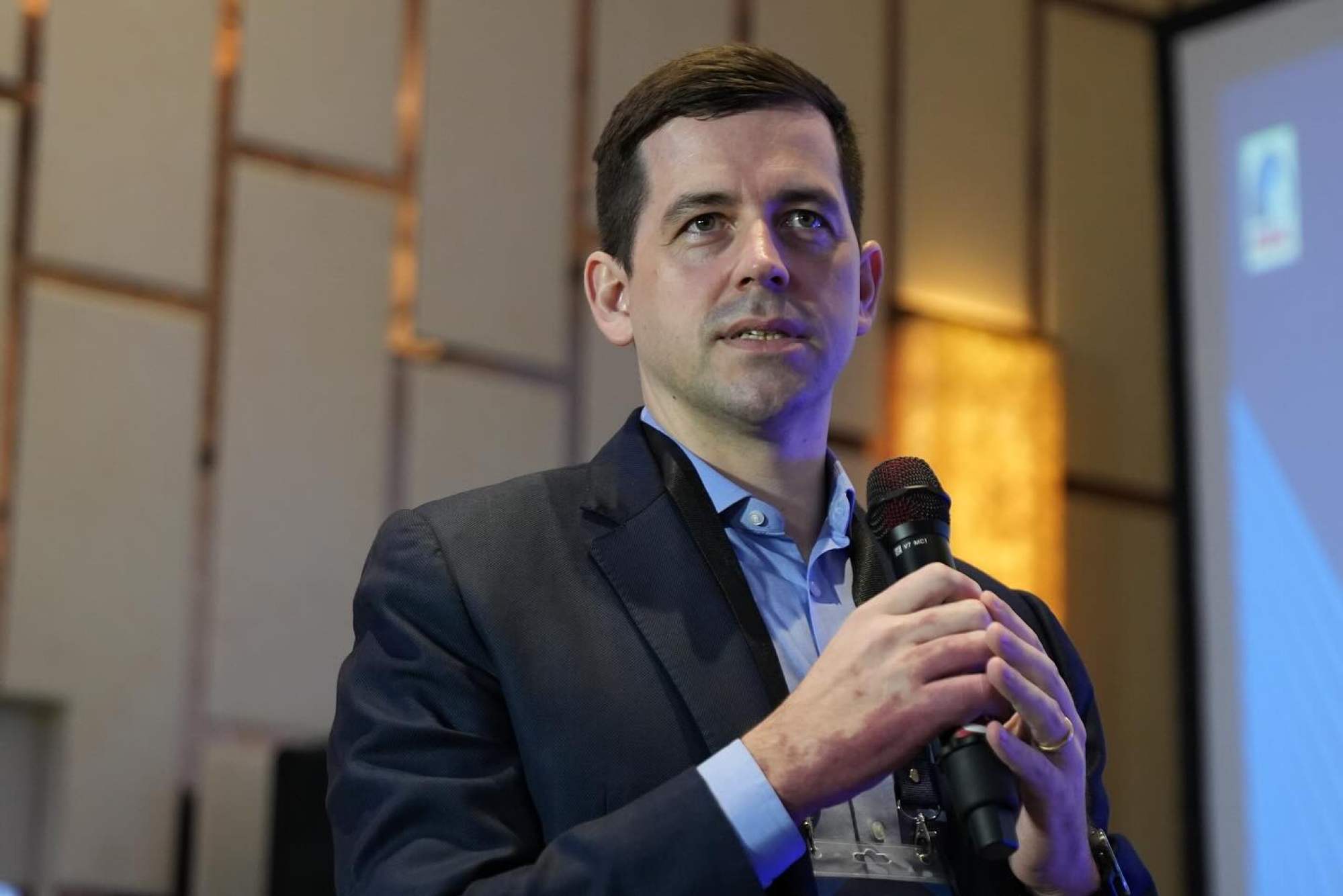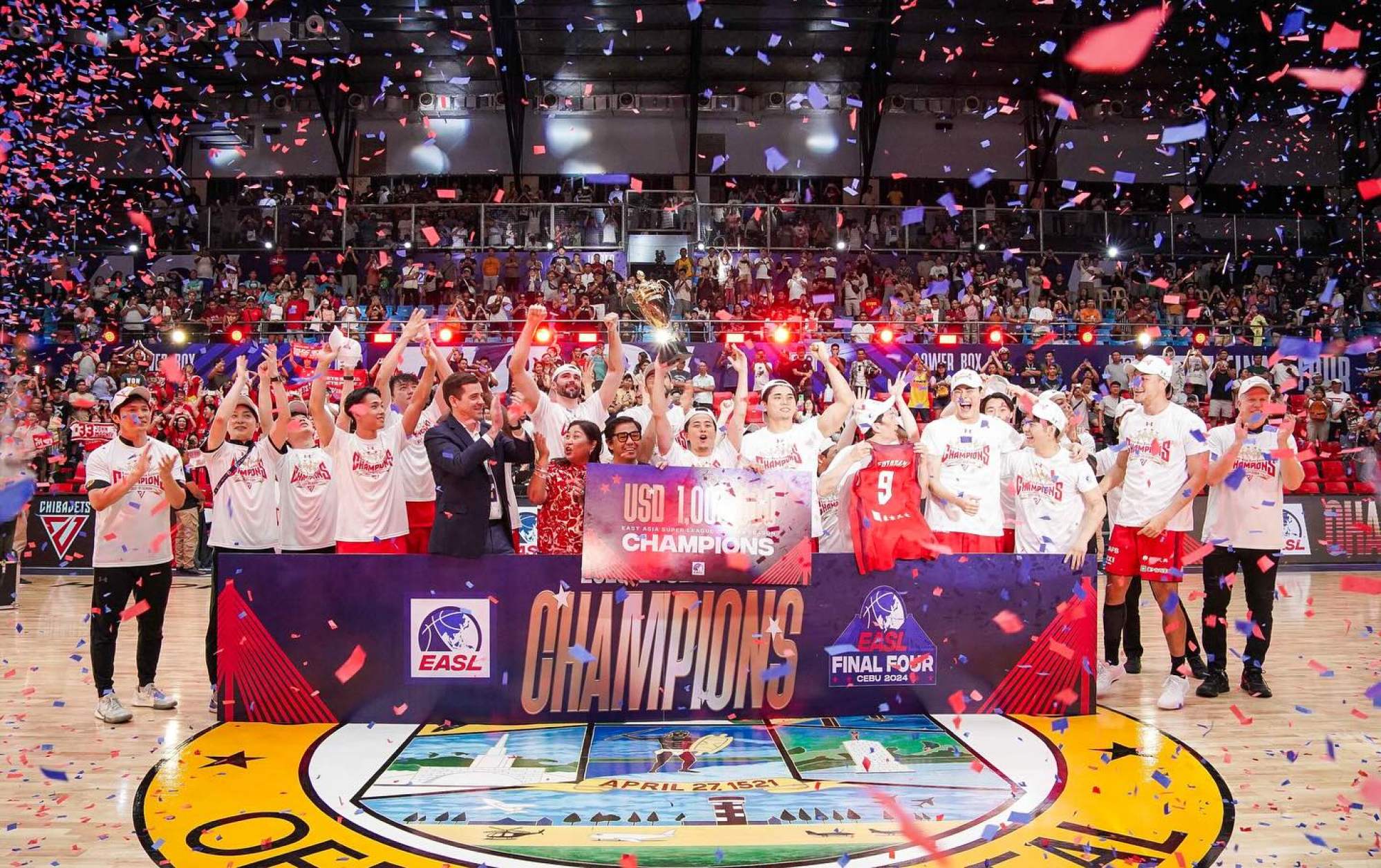
East Asia Super League still eyeing spot among basketball elite, says chief, who believes China clubs hold key to growth
- League CEO Henry Kerins says first full season has ‘proved the concept’ despite fluctuating attendances
- Kerins plans talks with Chinese Basketball Association as EASL explores further expansion
The head of the East Asia Super League says the organisation still believes it can become one of the top basketball competitions in the world, but acknowledges that expansion will not happen as soon as they hope.
A week after the league’s first full season ended, Henry Kerins, its co-founder and CEO, said despite fluctuating attendances and the lack of Chinese teams, the past few months had “proved the concept”.
But he also said the move to double the number of teams involved to 16 and games to 52 would not happen in the 2024-25 season as originally planned.
Instead, the coming season would keep the same format of eight teams, with two each from Japan, South Korea, Taiwan and the Philippines again competing in a 24-game regular season that would begin in October, and end with a final four next year.
“That structure has delivered amazing games of basketball that have engaged increasing numbers of fans across East Asia as the season went on,” he said. “The basics of having a great sports entertainment product are there.”

But according to the league’s own records, attendances fluctuated across the various countries.
Champions Chiba Jets, who beat Seoul SK Knights 72-69 last Sunday in the title game, consistently filled about 90 per cent of the seats during their three home games in Funabashi.
Fellow Japanese outfit Ryukyu Golden Kings averaged more than 60 per cent attendance in their 10,000-seat Okinawa Arena.
The New Taipei Kings drew an 80 per cent crowd in their encounter against Golden Kings in December, but Taipei Fubon Braves, who do not always field their strongest team in EASL, had an almost half-empty stadium in their season-opening loss against the Jets.
“Korea and the Philippines were more difficult from an attendance point of view,” Kerins said. “We’re still a new concept and expect it will take a season or two for fans to fully understand us … [we] expect to break even during the 2026-27 season.
“We filled the Hoops Dome in Cebu for the Final Four,” he added. “There are strong television audiences in the Philippines, too.
“One very positive metric is our championship game reached 2.7 million viewers on the free-to-air One Sports Channel despite there being no Philippines team or player on the court.”

Expansion will be crucial to the future of the league and Kerins confirmed their top target for expansion remained getting the Chinese Basketball Association on board.
“We want CBA teams in our league right from the start, that’s for sure,” the EASL chief said. “We had been in talks but there are no concrete timelines or arrangements as yet.
“I’ll be spending a lot of time in China engaging with the CBA and all the local basketball stakeholders to try to make that happen.”
The overriding ambition though is for the EASL “to become one of the world’s top three professional basketball leagues”, although Kerins acknowledged that might not happen by next year as planned.
“The second-biggest league in the world, the EuroLeague, has shown the potential for a pan-regional league in a region which doesn’t have a basketball audience anywhere near the size we have in our markets,” he said.
“We know that, if we play our cards right and carefully nurture this product, EASL will be one of the top basketball leagues in the world.”

 - Mike Chan.jpeg?itok=EQbwYm3R&v=1669714688)